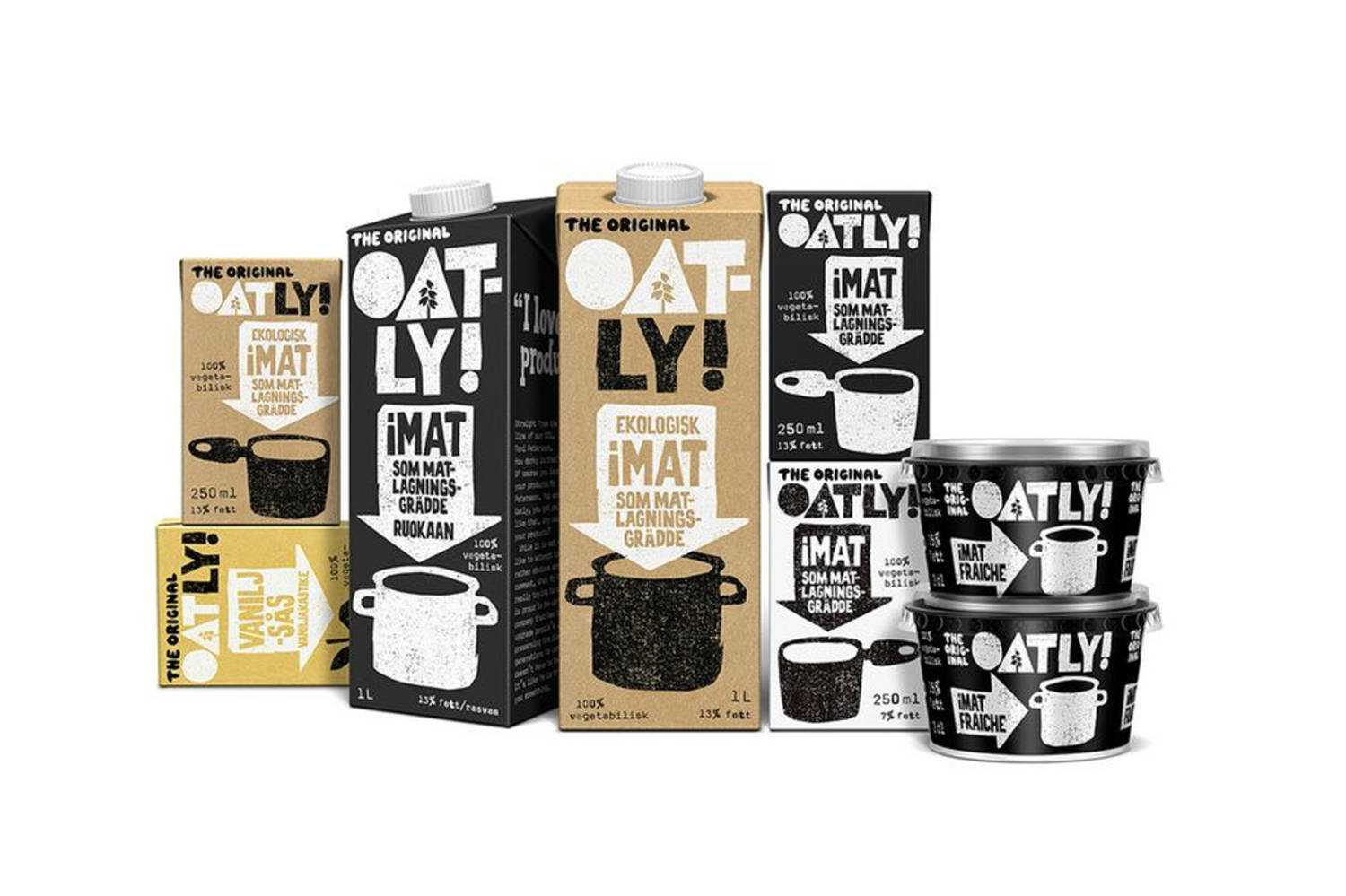Conveying naturalness is a trend ever more present in packaging. But what makes one pack speak to us more of naturalness than another? To start with, we should take a moment to analyse the semiotics of the concept of naturalness. Because naturalness may mean many different things. Just to illustrate this, here are a few examples.
Naturalness in design.
10 ways on how to convey naturalness through packaging.

Naturalness can be seen in tradition
We preserve the traditional process, we do things just as “they have always been done”. Everything worked by traditional methods is seen as more natural.
In fresh ingredients
Presenting quality, fresh ingredients, as an RTB to naturalness.
Back to the roots
The purity and naturalness of the roots (countryside, mountains, sea …) as the source of natural ingredients and products
“Unprocessed”
Naturalness also means simplicity, honesty. Products virtually unprocessed, not industrialised, pure and/or free from additives.
10 ways on how to convey naturalness through packaging
Bearing all the above in mind, we can define ten tips to ensure that one kind of packaging is seen as more natural than its competitor. Or, in other words, help you to convey the naturalness of your product.
1. Simple composition
Clear, direct descriptor with as little as possible on the packaging. This helps generate a perception of a less industrialised, more crafted product.
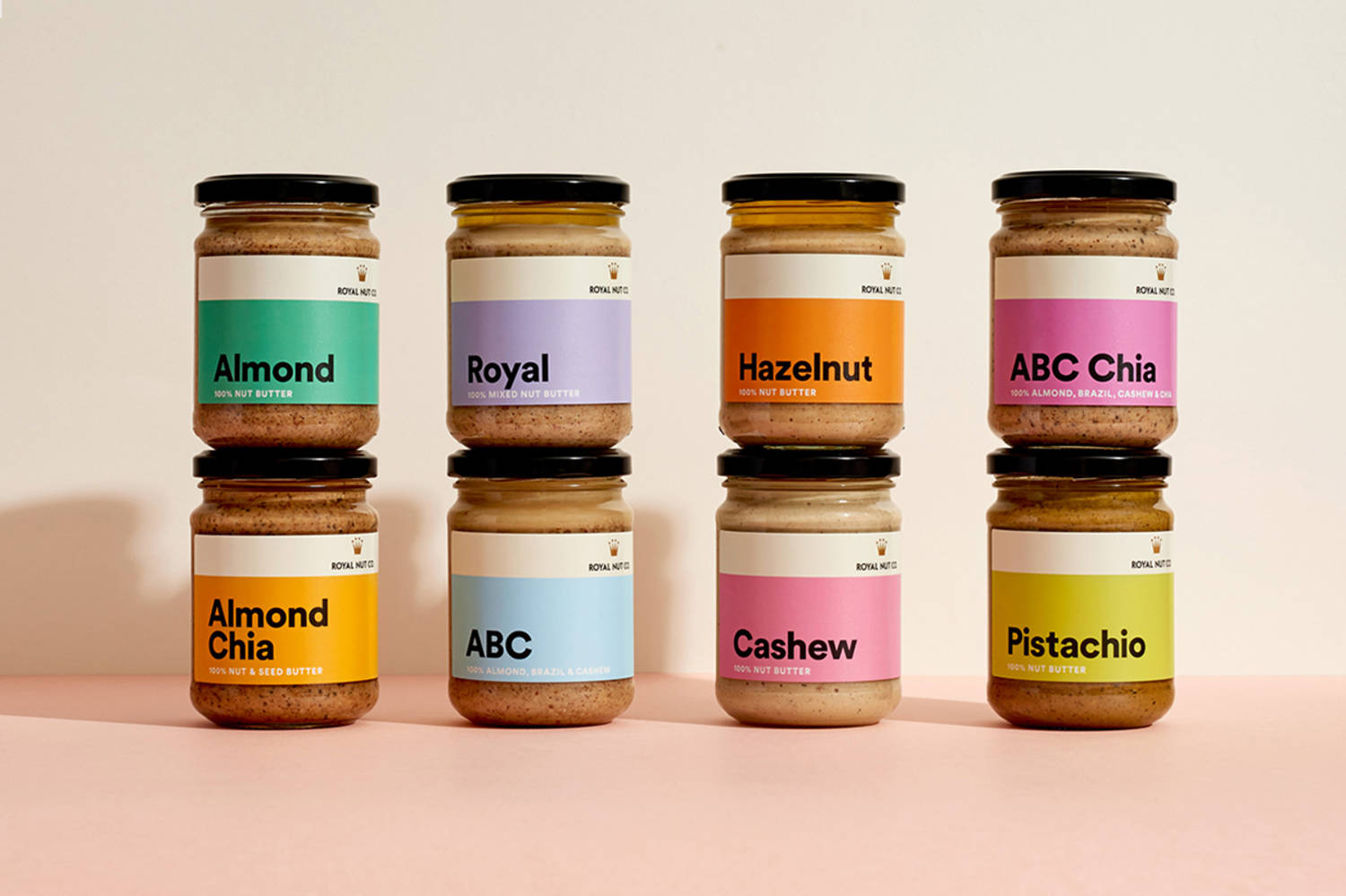
2. The ingredient is the king
Be honest with what the packaging says: a quality product with nothing added. To convey this one can resort to transparency (revealing product) or a realistic photo.

3. Organic form
Soft or friendly forms, or shapes inspired directly by nature.

4. Bucolic imagery
Suggest the purity of the place of origin through natural colours, nuanced shades, lights and visuals of natural landscapes.

5. Simple typefaces
Simple, gestural typefaces, “sketchy”, to gave a crafted look, personalised care.

6. Simple illustrations
Simple illustrations without too many nuances, gestural lines.

7. Sustainable materials
Use material of natural origin or inspired by nature. Use of innovative processes to reduce your carbon footprint or contribute to a circular economy. One example is recent research into edible material and packaging.
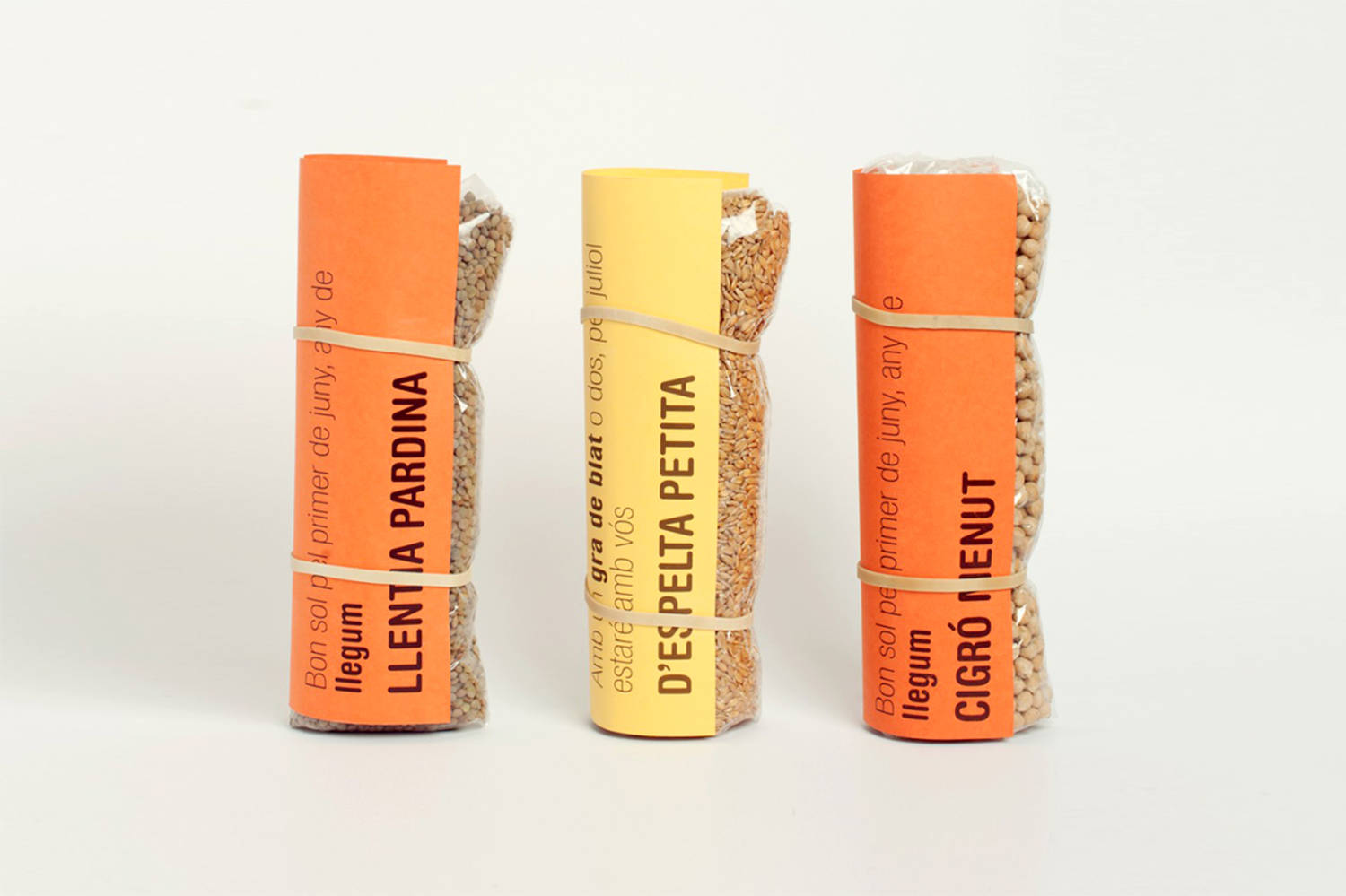
8. Matt finishes
Avoid using gloss since it gives an industrial feel. Craft textures help confer an artisan feel on your product.
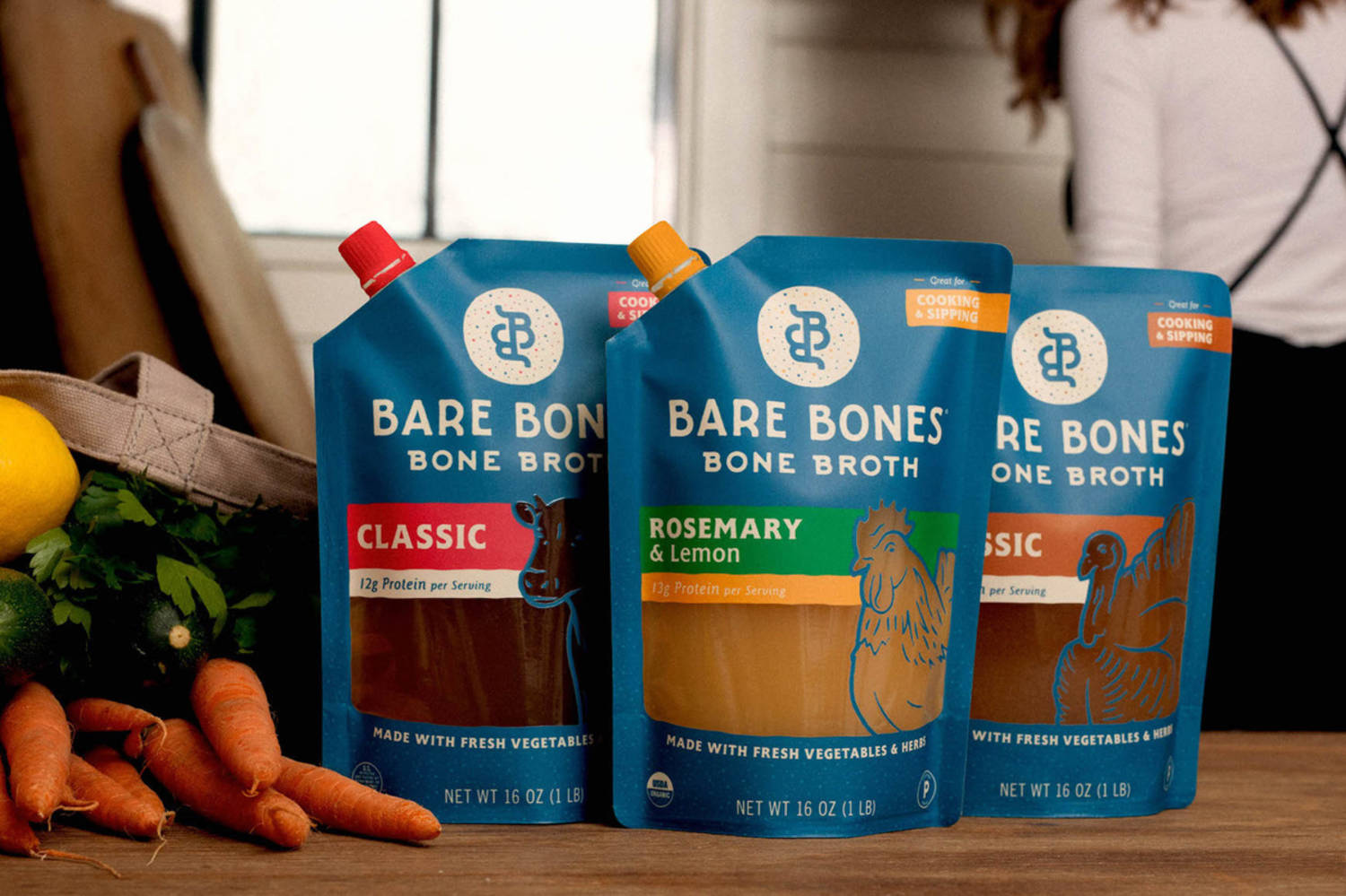
9. Vintage references
Retro touches/elements to convey tradition, generating a perception that pre-industrial processes have been used to produce your product.
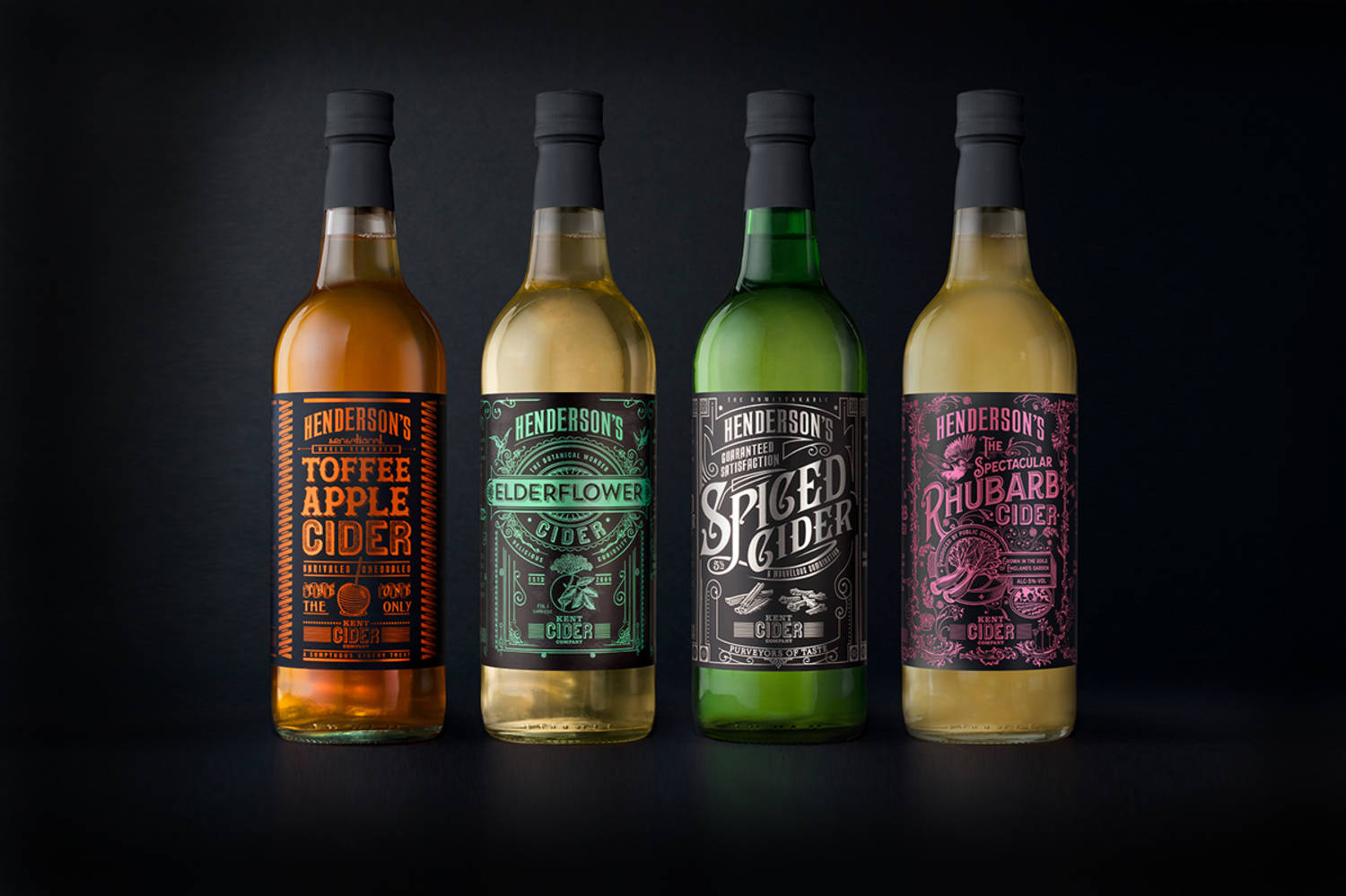
10. The power of imperfection
Use “spontaneous” diagramation to help break away from the rigidity and structure of industrial mass produced products.
